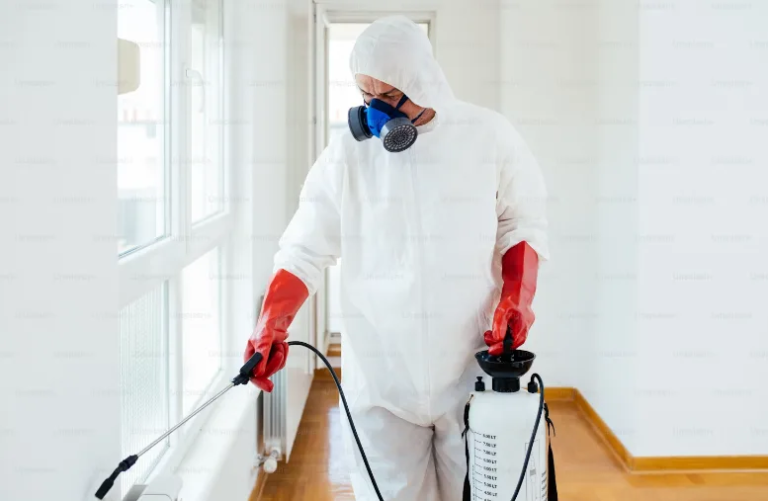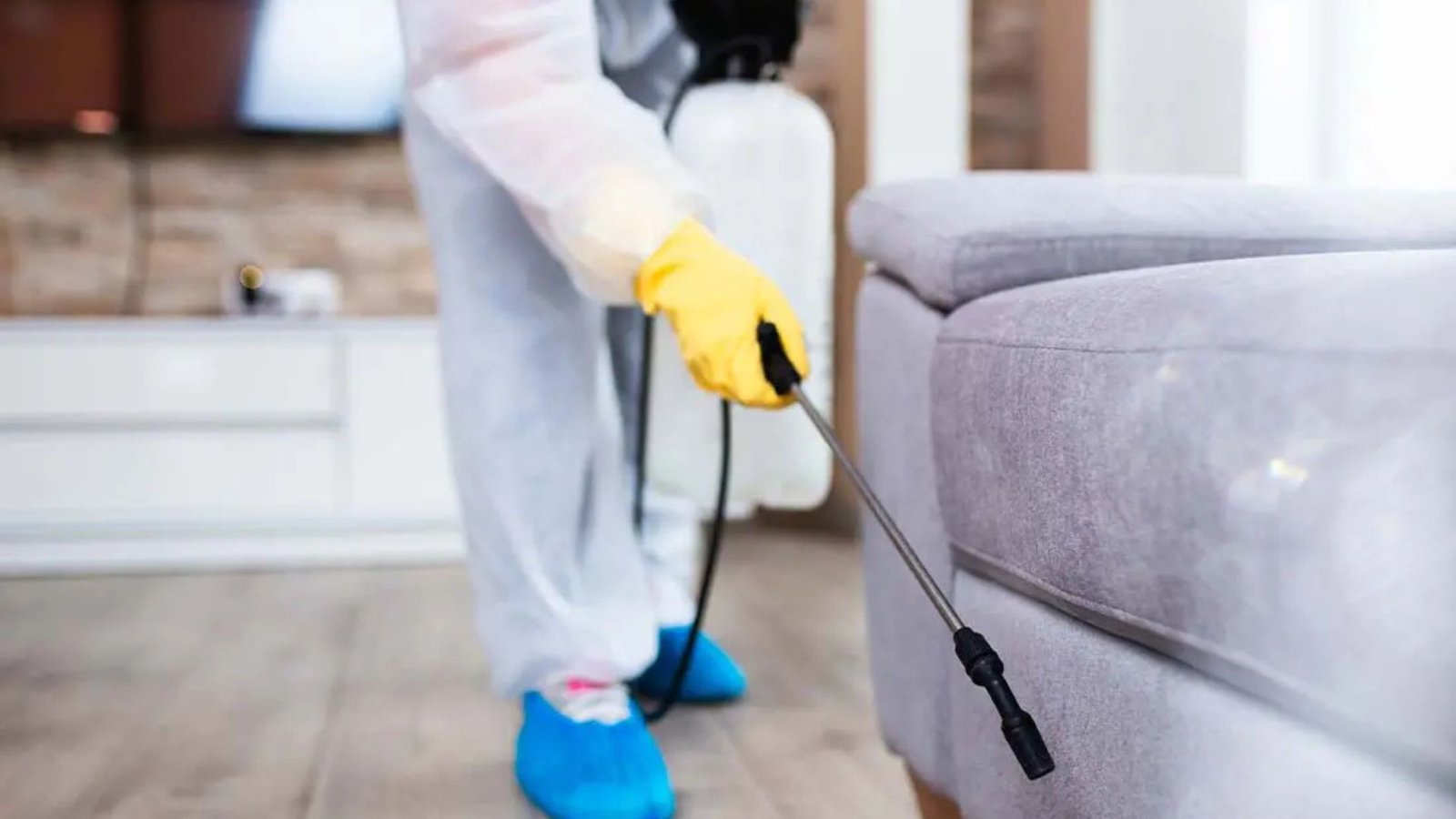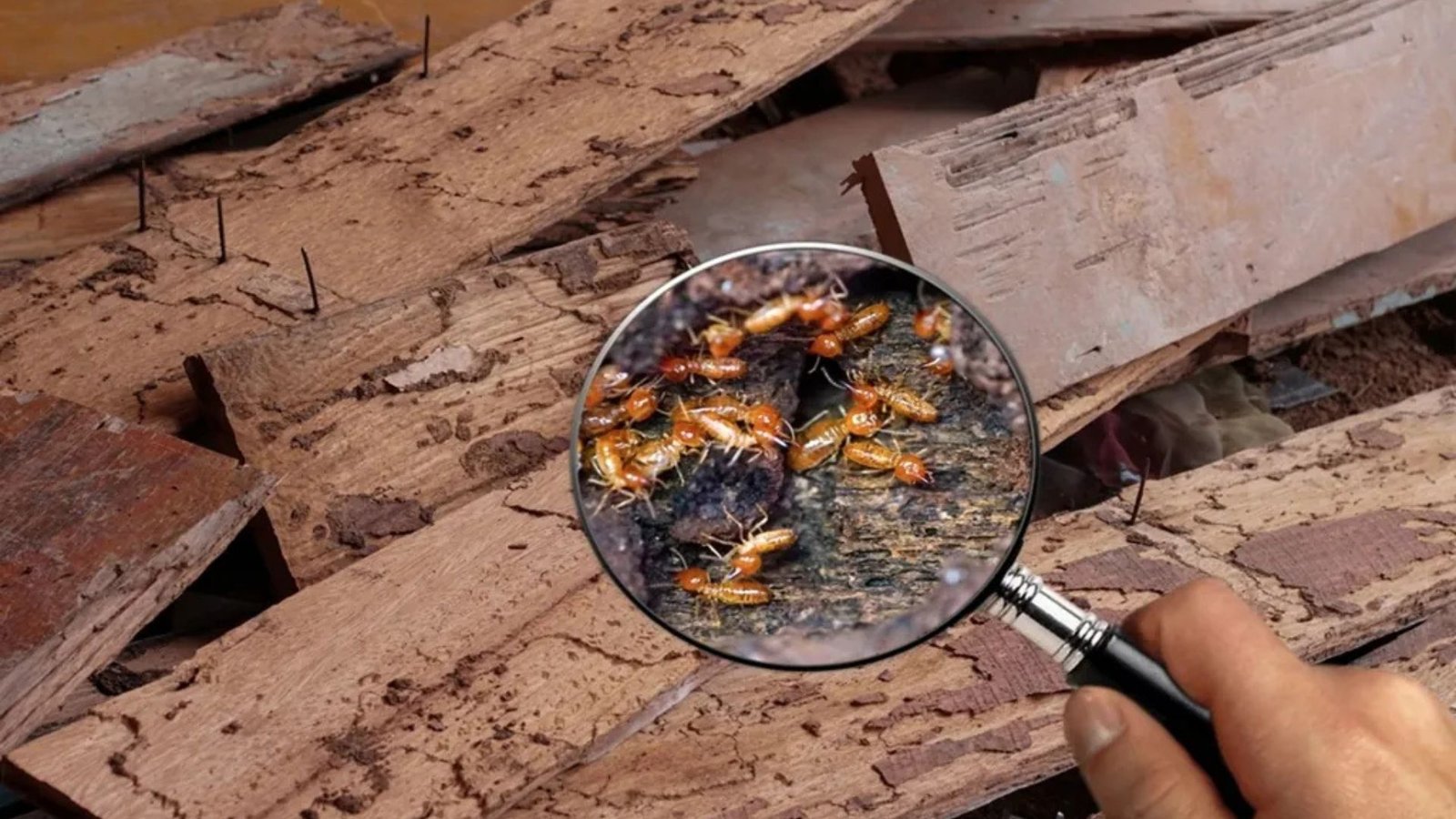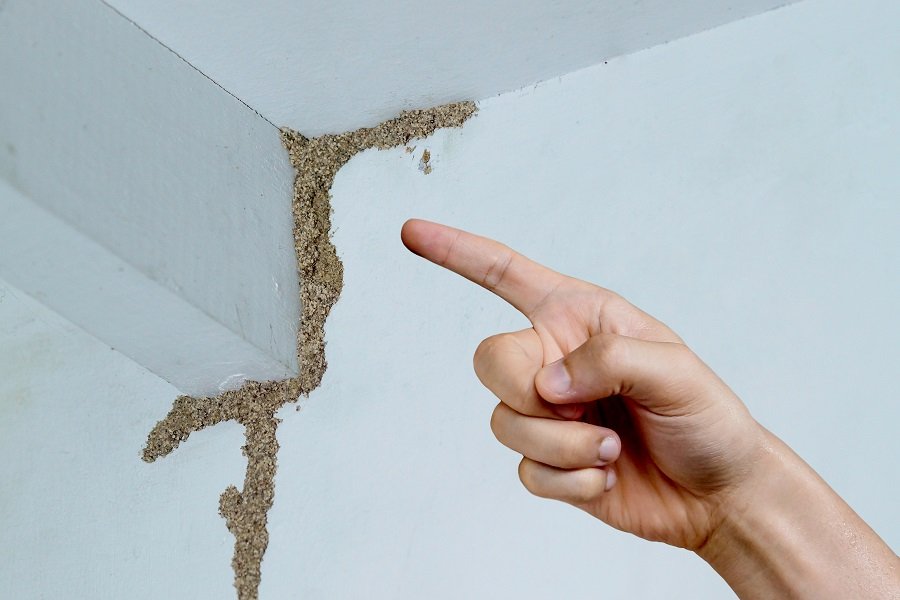As a homeowner, keeping your property safe from termites is essential. A termite inspection checklist for homeowners can help you identify any signs of termites early before they cause serious damage. Termites are small, silent pests that can destroy the wooden structures of your home without you noticing. This checklist will guide you through the steps to check for termites, ensuring your home stays protected.
Why You Need a Termite Inspection Checklist for Homeowners
A termite inspection checklist for homeowners is important because it helps you stay proactive. Termites can cause significant damage if they’re left undetected. The earlier you spot them, the easier it is to take action before they do too much harm. By following this checklist, you can make sure your home stays free of these pests, saving you from costly repairs.
Let’s dive into the steps you should follow when inspecting your home for termites.
1. Check the Exterior for Mud Tubes
Mud tubes are one of the first signs of termite activity. They are small, pencil-sized tunnels made of mud and saliva that termites use to travel from their colony to your home. These tubes are typically found on exterior walls, around the foundation, or along wooden posts. As part of your termite inspection checklist for homeowners, look for these mud tubes as they indicate that termites may be active in or around your home.
If you spot mud tubes, it’s important to take action quickly. Termites use them to move safely from the outside to the inside of your home, where they feed on wood.
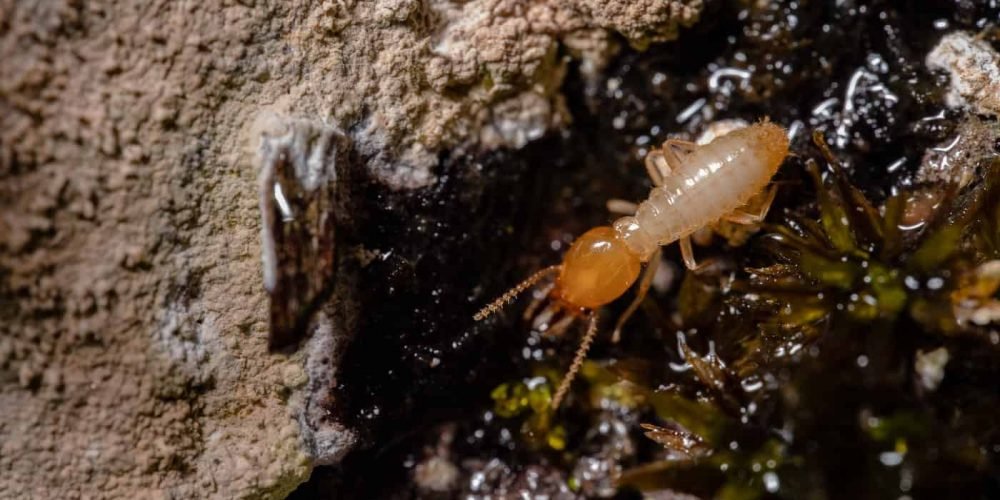
2. Tap Wooden Structures for Hollow Sounds
Another key step in your termite inspection checklist for homeowners is to check your wooden structures for signs of hollowing. Termites often eat wood from the inside out, leaving the outer surface intact. When you tap on wooden beams, baseboards, or floorboards, listen for a hollow sound. If the wood sounds hollow or brittle, this is a sign that termites may have been feeding on it.
Checking for hollow sounds is a simple and quick way to spot termite damage in your home. Don’t forget to check areas like the attic, basement, and crawl spaces, where termites may be working unnoticed.
3. Look for Termite Droppings (Frass)
Termite droppings, or frass, are small pellets that resemble sawdust. These droppings are often found near areas where termites have been feeding. When termites consume wood, they leave behind frass, which is a mixture of digested wood and other materials. As part of your termite inspection checklist for homeowners, be sure to look for frass around wooden furniture, beams, or near any holes in wood.
If you find termite droppings, it’s important to investigate further. These droppings are a clear sign that termites are active in the area.
4. Examine Wooden Structures for Visible Damage
Another important part of your termite inspection checklist for homeowners is to examine the wood in your home for visible damage. Over time, termites cause wood to weaken and crumble. Look for soft or spongy areas in wooden furniture, beams, or flooring. If the wood feels weak or easily punctures under pressure, termites may have been feeding on it.
Be sure to inspect areas that are close to the ground or have high moisture levels, such as basements, crawl spaces, and bathrooms. These areas are often more vulnerable to termite infestations.
5. Inspect for Swarming Termites
Swarming is a behavior that happens when termites leave their nest to find a new place to create a colony. Swarming termites are usually visible during warm weather, typically in the spring or summer. If you see flying termites inside your home, it’s a strong indication that there may be a termite colony nearby.
As part of your termite inspection checklist for homeowners, keep an eye out for swarming termites, especially around windows, doors, and other entry points. You might also find discarded wings around these areas, as termites shed their wings after swarming.
6. Look for Cracks and Gaps in Your Home’s Foundation
Termites can enter your home through even the smallest cracks or gaps in your foundation or walls. These entry points allow termites to travel inside your home without being detected. As part of your termite inspection checklist for homeowners, inspect the exterior of your home for any cracks, gaps, or damaged seals. Pay close attention to areas around windows, doors, and pipes.
Sealing any cracks or gaps you find will help prevent termites from entering your home in the first place. This is an important preventive measure in keeping your home safe from infestations.
7. Hire a Professional for a Full Inspection
Finally, while you can do a lot on your own, it’s always a good idea to hire a professional for a complete termite inspection. A pest control expert can thoroughly examine your home for signs of termites and provide expert advice on treatment options if necessary. Having a professional inspect your home adds another layer of protection and ensures you don’t miss any signs of infestation.
A termite inspection checklist for homeowners can guide you in the right direction, but a certified inspector has the experience to spot even the most hidden signs of termites.
Conclusion: Stay on Top of Termite Prevention
In conclusion, a termite inspection checklist for homeowners is an essential tool in protecting your home from termite damage. By regularly checking for mud tubes, hollow sounds in wood, termite droppings, visible damage, and swarming termites, you can detect infestations early. Additionally, inspecting your home’s foundation for cracks and hiring a professional for a full inspection are key steps to preventing termite damage.
Don’t wait for termites to do damage before taking action. Regularly follow your termite inspection checklist to keep your home safe and avoid expensive repairs down the road.

